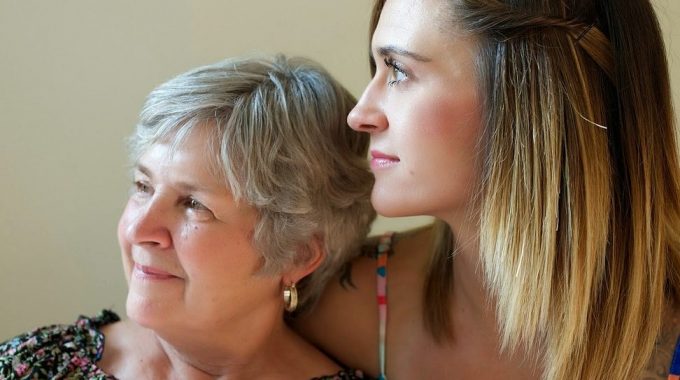
Research Finds Home-Based Care Among Top End-of-Life Trajectories
As we navigate the complex landscape of end-of-life care, recent research highlights a significant trend among Americans: the preference for home-based care in the twilight of their lives. Many elderly Americans follow one of three place-of-care trajectories during the last three years of their lives. Researchers from Rutgers, The State University of New Jersey, found in a study recently published in BMC Geriatrics that the three trajectories included the home, skilled home care, and institutional care.
The Rising Popularity of Home-Based Care:
Recent studies and surveys have revealed a notable shift in the way Americans approach end-of-life care. Increasingly, individuals and their families are opting for home-based care as their preferred trajectory when facing terminal illnesses or approaching the end of life. This trend has gained momentum for several reasons:
- Comfort and Familiarity: Home provides a familiar and comforting environment, allowing patients to maintain a sense of control and security during a challenging time.
- Enhanced Quality of Life: Home-based care enables individuals to receive personalized attention and support, with a focus on improving their overall quality of life and minimizing unnecessary hospitalizations.
- Reduced Healthcare Costs: Home-based care is often more cost-effective than prolonged hospital stays or institutionalized care, making it an attractive option for patients and families seeking to manage healthcare expenses.
- Family Involvement: Home-based care encourages the active involvement of family members and loved ones in the caregiving process, fostering a sense of togetherness and support.
Implications for the Healthcare System:
The shift towards home-based end-of-life care trajectories has significant implications for the healthcare system:
- Resource Allocation: Healthcare providers and policymakers must allocate resources to support home-based care, including training and education for caregivers and enhanced access to home health and hospice services.
- Care Coordination: Effective coordination of care among healthcare professionals, caregivers, and families becomes crucial in ensuring the success of home-based care.
- Improved Palliative Care: Efforts should be made to expand and improve palliative care services, which play a vital role in managing symptoms and enhancing the quality of life for patients receiving home-based care.
Conclusion:
Recent research findings highlight the growing preference for home-based end-of-life care among Americans. This shift is driven by the desire for comfort, quality of life, reduced healthcare costs, and the opportunity for family involvement. As we continue to navigate the complexities of end-of-life care, recognizing and supporting this trend can lead to more compassionate and personalized care for individuals facing terminal illnesses. It is an encouraging sign that, in embracing home-based care, we are prioritizing the dignity, comfort, and well-being of those at the end of life.
Reference:
- Vossel H. Research Finds Home-Based Care Among Top End-of-Life Trajectories for Americans [Internet]. Hospice News. 2024 [cited 2024 Jan 30]. Available from: https://hospicenews.com/2024/01/26/research-finds-home-based-care-among-top-end-of-life-trajectories-for-americans/
- Lin H, Grafova IB, Zafar A, Setoguchi S, Roy J, Kobylarz FA, Halm EA, Jarrín OF. Place of care in the last three years of life for Medicare beneficiaries. BMC geriatrics. 2024 Jan 25;24(1):91.





